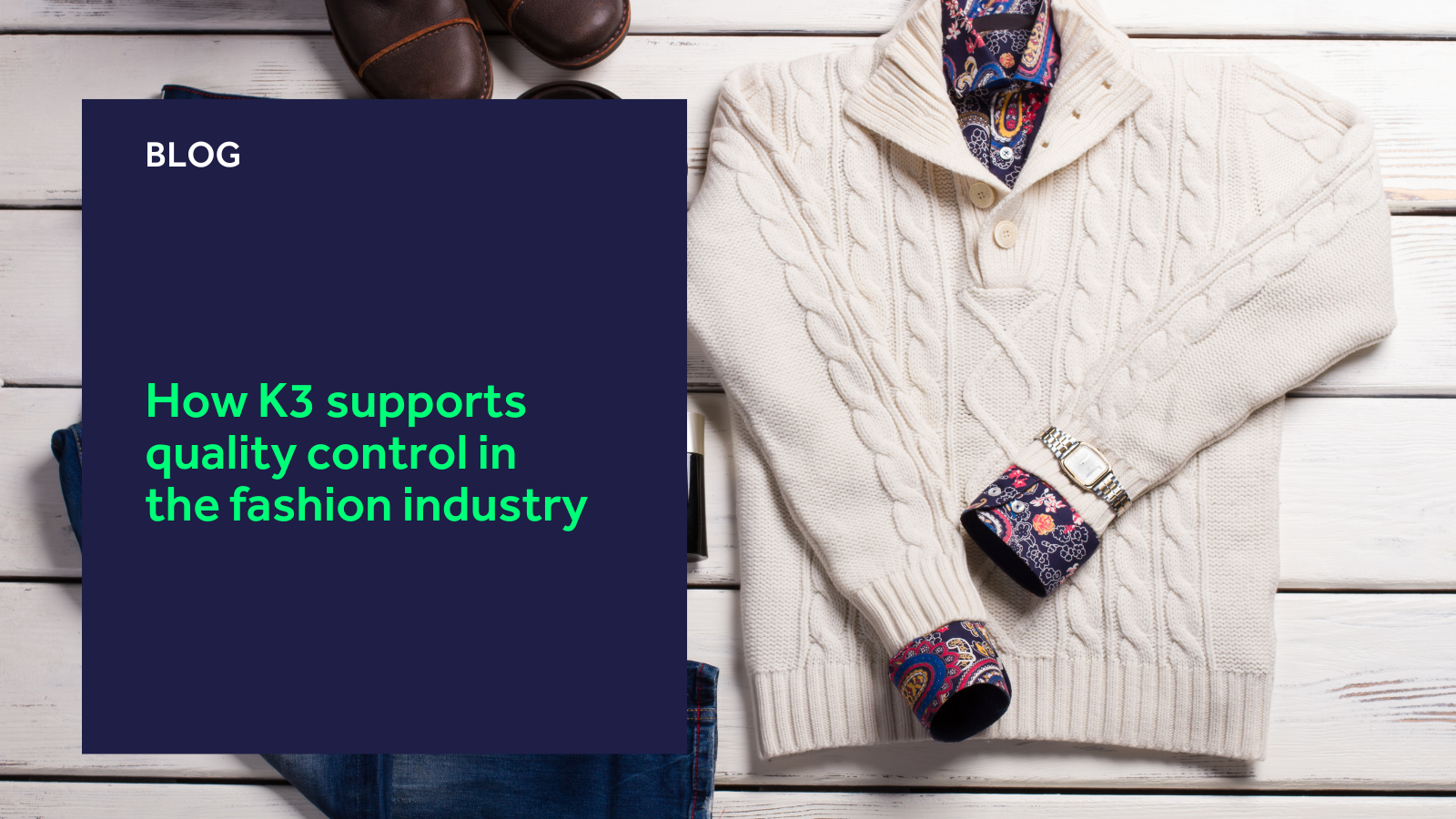Quality control is an essential component of the fashion industry that ensures stringent standards are met to protect brand reputation and customer satisfaction.
The process involves multiple stages, from raw material inspection to final product evaluation. Each step requires meticulous attention to detail; however, not all solutions support fashion companies throughout the entire production process.
A historical perspective on quality control
Quality control’s roots trace back to the medieval guilds of Europe in the late 13th century, where craftsmanship was marked with unique symbols to signify quality.
The Industrial Revolution in the early 19th century brought about significant changes, necessitating factory owners to implement specific tasks to maintain product quality while increasing productivity.
Influential figures like Frederick W. Taylor improved productivity without increasing the number of skilled craftsmen, leading to the creation of inspection departments to mitigate the decline in quality.
The mid-20th century saw yet another transformative shift with Japan’s adoption of Total Quality Management (TQM), guided by foreign experts such as W. Edward Deming and Joseph M. Juran.
Their methodologies significantly enhanced productivity and quality in Japanese factories, setting a global benchmark. In response, US companies adopted quality initiatives, including the ISO 9000 standards, to remain competitive.
Understanding quality assurance and quality control
Quality assurance (QA) and Quality control (QC) are integral parts of quality management. The former focuses on providing confidence that quality requirements will be fulfilled, while the latter is centred on fulfilling these requirements through rigorous inspection and testing.
In fashion and apparel, QC spans various stages, such as material selection, fabric production, and garment manufacturing. This is of vital importance since wrong decisions on these factors could have significant implications for fashion companies.
For example, if a material is selected that has defects and that is only spotted later in the process, the manufacturer will have wasted time, resources, and money working with said material, only for it to be in vain.
Quality control across the fashion supply chain
Now that we’ve explored the history and importance of quality control, it’s time to examine how it works in practice throughout the supply chain.
- Material selection and fabric inspection
QC begins with the careful selection of materials. Factors such as price-quality ratio, target customer, and sourcing strategies are crucial. Raw materials, including natural, animal, and synthetic fibres, undergo thorough inspections.
Dyeing regulations like REACH and OEKO TEX ensure compliance with safety standards, while tests for unique treatments like fireproofing and anti-static properties are conducted.
- Trimming and accessories testing
Trimmings and accessories like zippers are tested to detect hidden defects. For instance, if fabric shrinks near a zipper, it indicates a problem that needs addressing.
- Garment production and in-line inspections
In-line quality control during garment production includes cutting, sewing, and finishing inspections. Each stage has specific checks.
For the cutting department, checks are conducted on layout, pattern details, and defects during the cutting process.
Next, the sewing department will check their machine settings, seam allowances, and finished detail measurements.
Finally, the ironing and packing department regulates pressing machine temperatures to ensure proper shape maintenance and checks for accurate labelling.
The final inspection involves measuring garments, assessing optical appearance, and conducting wearing tests. This stage often includes third-party inspections under the Acceptable Quality Level (AQL) standards, which classify defects as critical, major, or minor.
Different AQL levels, such as 1.0 or 4.0, determine a sample’s permissible number of defects.
How K3 supports quality control
We mentioned at the start that many solutions in fashion don’t actually support companies with quality control – at least not in the way they need.
Our K3 Fashion solution has fundamentally changed how quality control is managed within Dynamics 365.
While standard D365 supports QC only at the end of the production process when goods have been received, K3 Fashion integrates QC throughout all stages.
This embedded solution allows for continuous quality checks, ensuring issues are identified and rectified swiftly, helping to reduce waste and enhance overall product quality.
For instance, K3 Fashion supports the creation of proto-samples, salesman samples, and other pre-production samples, enabling thorough quality assessments before mass production.
Enhance your quality control with K3 Fashion today
There’s no denying that quality control is a multifaceted process that can be difficult to keep a lid on, but with solutions like K3 Fashion, the process becomes considerably easier.
By enabling quality control at every stage of the production process, K3 Fashion sets a new benchmark for quality management in fashion and apparel – ensuring brands maintain their reputation and meet customer expectations.
If you’d like to learn more about how we can support you with quality control, feel free to drop us a line today.
 https://www.k3btg.com/wp-content/uploads/2024/03/K3-strengthens-global-market-position-blog-header.png
900
1600
Jordan Heal
https://www.k3btg.com/wp-content/uploads/2022/03/K3_Master_Colour_RGB.svg
Jordan Heal2024-03-11 10:58:242025-02-21 14:37:51K3 Fashion Portfolio strengthens global market position as Tony Bryant spearheads new role
https://www.k3btg.com/wp-content/uploads/2024/03/K3-strengthens-global-market-position-blog-header.png
900
1600
Jordan Heal
https://www.k3btg.com/wp-content/uploads/2022/03/K3_Master_Colour_RGB.svg
Jordan Heal2024-03-11 10:58:242025-02-21 14:37:51K3 Fashion Portfolio strengthens global market position as Tony Bryant spearheads new role

